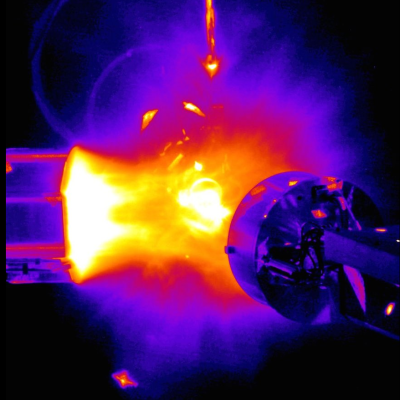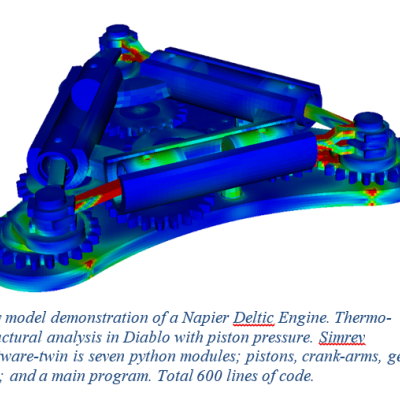LLNL researchers have developed an innovative and uniform single-pot polymer multi-material system, based on a combination of 3 different reactive chemistries. By combining the three different constituent monomers, fine control of mechanical attributes, such as elastic modulus, can be achieved by adjusting the dosage of UV light throughout the additive manufacturing process. This results in…
Keywords
- Show all (76)
- Additive Manufacturing (37)
- 3D Printing (7)
- Data Science (5)
- Cybersecurity (4)
- Manufacturing Improvements (3)
- Computing (2)
- Imaging Systems (2)
- Manufacturing Automation (2)
- Analysis (1)
- Electric Grid (1)
- Information Technology (1)
- Manufacturing Simulation (1)
- Material Design (1)
- Microfabrication (1)
- Precision Engineering (1)
- Quantum Science (1)
- Sensors (1)
- Volumetric Additive Manufacturing (1)
- (-) Simulation (2)
- (-) Synthesis and Processing (2)

To overcome challenges that existing techniques for creating 3DGs face, LLNL researchers have developed a method that uses a light-based 3D printing process to rapidly create 3DG lattices of essentially any desired structure with graphene strut microstructure having pore sizes on the order of 10 nm. This flexible technique enables printing 3D micro-architected graphene objects with complex,…


Simrev is a python library imported into a user-generated program. As the program grows in capability and complexity, the engineered product matures. The "software twin" handles all changes to product configuration and is the portal to running supercomputing analysis and managing workflow for engineering simulation codes. Assemblies become program modules; parts, materials, boundary conditions…

